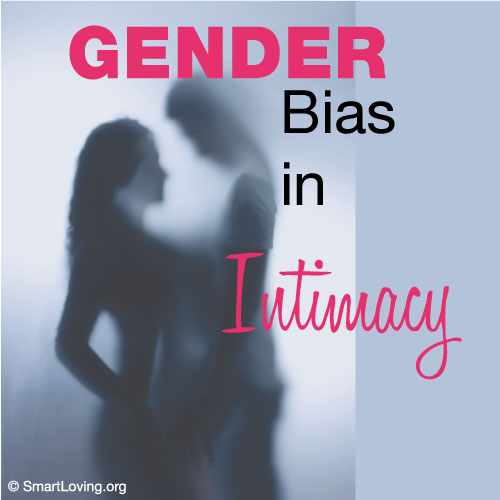Married Singles Unhappily Ever After

We all start out in marriage with a dream; a dream of a life-long, love affair. But after a year or two, disillusionment sets in and the unreserved trust and intimacy we enjoyed becomes tentative and fragile. We join the army of other ‘married singles’ living our parallel lives and wishing that the other sex could be more like us!
Connecting: Verbal vs Action
A common source of marital tension is the different ways that men and women typically seek connection. The bias of women is to use verbal language to connect. Many women process intense emotions or problems by ‘talking them through’. In contrast, men generally prefer action or body language to bond and connect. When a man has intense emotions or a problem to solve, his instinct is to ‘work it through’.
Attitudes About Sex
When it comes to a couple’s sexual intimacy, a man is more likely to see sex as a way to create connection and to bond his wife, while a woman will see sex as a way to celebrate the connection already established, usually through intimate conversation. These differences in bonding style lead couples to a standoff. She feels estranged from him emotionally, because there’s little, or no, intimate conversation, and sex is the last thing she feels like. He feels controlled and rejected; that he’s not free to express his love through the body language of sexual lovemaking which feels so instinctually right.
In our culture, the differences between men and women are starting to be acknowledged, but the solution put forward is simply tolerance: ‘Don’t expect him to talk to you because he’s not wired for it. Don’t expect her to want sex as much as you do because she doesn’t have the hormones. Give your expectations a reality check and then you won’t be disappointed or hurt.’ What a miserly vision for marriage! Thank goodness there is a better solution than married singles living unhappily ever after!
Celebrate the Differences
The trick is to see the difference between the sexes not as an unfortunate burden for married couples, but as complementary, even virtuous qualities. For example, the feminine bias towards being present and attentive represent vital qualities in building personal relationships. Without the masculine emphasis on action however, relationships fail to grow and ultimately stagnate. Every healthy relationship, be it a marriage or a church community, needs a balance between the inward movement for intimacy and the outward drive for generativity. This dynamic is evident in communities all over – too ‘feminine’ and they become inverted and sterile; too ‘masculine’ and they become impersonal and legalistic. Likewise with the gender differences in verbal and physical intimacy.
For a marriage to thrive, it needs the connection strategies of both genders. The issue is not whose perspective is superior (which is neither!). Rather, the issue is how we might integrate both the feminine and the masculine in order to accomplish the fullness of communion that is possible for our marriages. If all we do is tolerate our differences, we fail to realise the potential for unity that our complementarity is intended to bring.







A connection is the most important part of marriage life. A bad connection will fall you to divorce or separation.
A connection is the most important part of marriage life. A bad connection will fall you to divorce or separation.